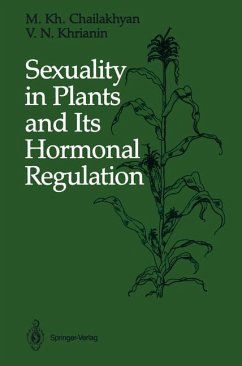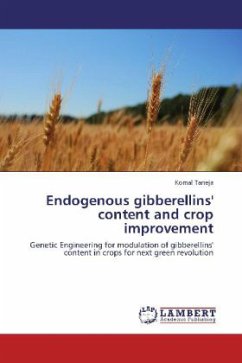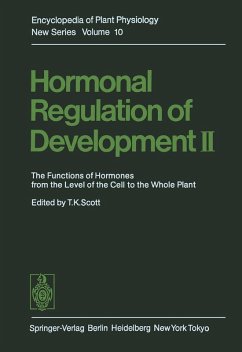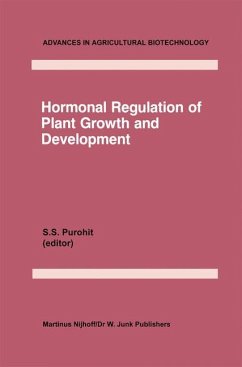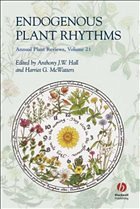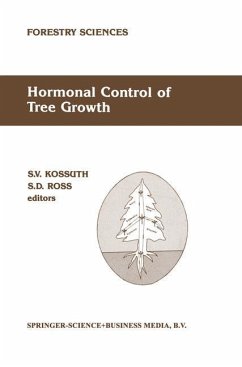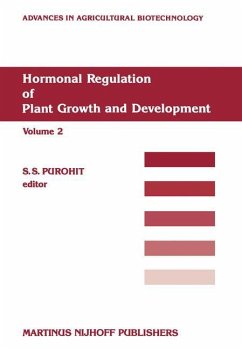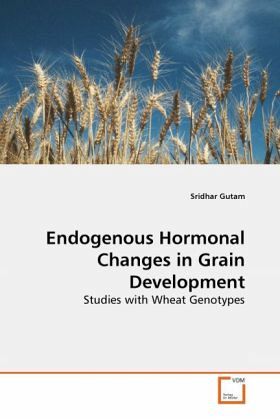
Endogenous Hormonal Changes in Grain Development
Studies with Wheat Genotypes
Versandkostenfrei!
Versandfertig in 6-10 Tagen
32,99 €
inkl. MwSt.

PAYBACK Punkte
16 °P sammeln!
The success of food grain production in India over the years is attributed mainly to the performance of wheat crop which is the most important Rabi season crop in the country, occupying about 50 per cent of the total area under food crops. In order to produce more grain yield, there should be an efficient assimilate partitioning which is a key factor in the regulation of plant productivity. However, the basis of its control has not been fully exploited. This book is the result of an experiment to study the grain filling rate and changes in endogenous levels of IAA, gibberellic acid (GA3) and A...
The success of food grain production in India over the years is attributed mainly to the performance of wheat crop which is the most important Rabi season crop in the country, occupying about 50 per cent of the total area under food crops. In order to produce more grain yield, there should be an efficient assimilate partitioning which is a key factor in the regulation of plant productivity. However, the basis of its control has not been fully exploited. This book is the result of an experiment to study the grain filling rate and changes in endogenous levels of IAA, gibberellic acid (GA3) and ABA during post anthesis in new plant types developed at Indian Agricultural Research Institute along with other hexaploid and tetraploid wheat genotypes. The analysis should help the researchers and students of plant biology and crop physiology in understanding the grain filling pattern and hormonal changes in wheat grain development.



